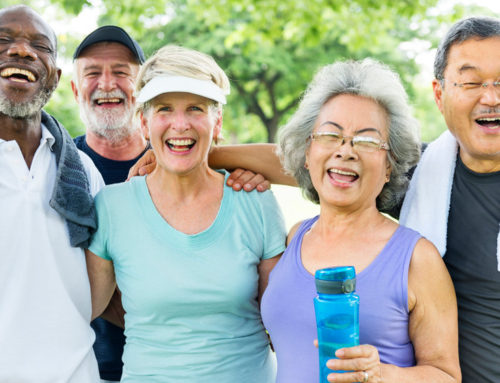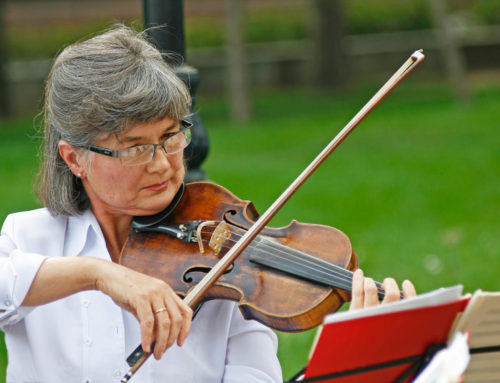Share This Story!
Staying Active and Fit in Your Golden Years
Growing old doesn’t mean that seniors have to succumb to heart disease or other deteriorating conditions. Regular physical activity can safeguard seniors’ health. Seniors who are in good health are recommended to make time for 150-300 minutes a week of moderate-intensity exercise or less if the exercise is more vigorous.
Alternative activities for seniors
Even elderly adults with limited mobility can perform chair exercises to work different muscle groups. Regardless of age, seniors should maintain regular physical activity. Finding the right activity can improve a senior’s flexibility, balance, and strength.
1. Take a walk in the park
A brisk walk can increase heart rate and reap numerous health benefits, including weight control, a boost in mood, stronger bones and muscles, and lower risk for contracting heart disease, type 2 diabetes, and other degenerative diseases. Walking is a perfect aerobic activity with a low risk of injury.
2. Go swimming
Seniors looking for low-risk physical activities should consider swimming. Swimming classes can teach seniors the basics of proper swimming technique for cardiovascular benefits. Seniors with arthritis, heart disease, or weight problems can benefit from the water’s natural buoyancy and safety.
3. Ride a bicycle
Bicycling gives seniors an adrenaline boost, wind-blown hair, and a chance to explore the neighborhood. Cycling is a low-impact physical activity that can be performed outside or indoors for people with joint or bone problems.
4. Dance the night away
Regular exercise doesn’t have to be done in an intimidating gym setting. Seniors can get a good workout by busting a move to some music. Everything from country line dancing to ballroom dancing can improve seniors’ mental and physical health. Plus, dancing is the perfect social activity for seniors to let loose and have fun.
5. Play video games
People of any age can enjoy an invigorating and engaging video game experience. Some video game systems enable players to simulate the activity displayed on the screen. Seniors can play a virtual sport or transport into a magical world using wireless-free joysticks to move about all from the comfort of home.
6. Tai chi
Tai chi is an ancient Chinese martial art that can benefit everybody including seniors. Tai chi requires individuals to perform low-intensity movements in a slow and deliberate manner while breathing deeply. This activity can improve focus and balance while reducing stress.
7. Challenges in daily life
Simple, yet rewarding activities can help seniors stay active. For example, using stairs instead of the elevator or parking far at a grocery store’s parking lot will increase seniors’ step count over time.
8. Walk a dog
Dogs require love and care and exercise. Any free time can be used to either volunteer or get paid to walk a dog. Dogs are friendly and playful animals that can put a smile on anyone’s face. A brisk dog walk can keep seniors healthy and happy.
9. Go to a gym or follow a workout video
Seniors can visit a local gym, senior center, or perform a workout video at home for a regimented workout routine. A trainer can teach seniors exercises that have a low risk of injury. A workout video can be an easy way to do a workout without having to go to an actual gym or spend money on personal training.
10. Chair yoga
Chair yoga is an increasingly popular exercise for seniors. A simple 30-minute session can stretch out sore muscles, improve blood circulation, and give seniors a mood boost. Chair yoga incorporates gentle movements that are safe for seniors of all abilities.
Always choose fun
Staying active shouldn’t be a chore. Seniors should try out different activities to find an appropriate option. Seniors can also incorporate multiple activities throughout the week to maintain a sense of variety and excitement. Having fun and staying fit should be the priorities. Individuals looking to start a new workout routine can speak with a healthcare provider for tips and recommendations.





